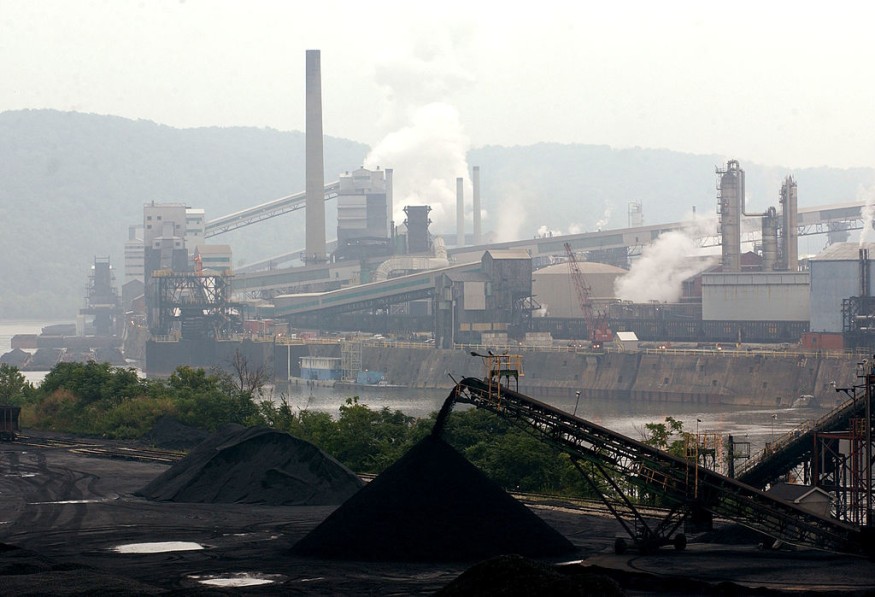A new US Department of Energy (DOE) research showed that hundreds of coal power station locations might be transformed into nuclear plant locations around the country.
According to IEEE Spectrum, DOE mentioned that more than 300 current and defunct coal power units might be converted to nuclear.
Although such a conversion has never been carried out, the report indicates that the concept is gaining ground slowly, like a newborn that takes decades to learn to walk.
Coal Plants Could Be Converted to Nuclear Plants, US DOE Said
The study team evaluated 237 active coal plant sites and 157 defunct coal plant sites, Elektrek mentioned. Researchers found that 80 percent of these locations may house advanced reactors smaller than the gigawatt scale. Smaller nuclear reactors are less expensive and seen as safer.
According to the study's hypothetical case study, which the authors claim only provides information on a "general level," it is noted that nuclear overnight costs of capital could decrease by 15% to 35% when compared to a greenfield construction project.

The data, researchers added, depend on nuclear technology choices and sizes if the infrastructure of a coal plant with 1,200 MWe of generation capacity was reused.
Since nuclear power plants operate at more capacity than coal power plants, nuclear replacement designs can have smaller capacity sizes. The study team discovered that the region's economic activity might grow by as much as $275 million, and 650 new, permanent employment could be added if coal capacity was replaced with 924 MWe of nuclear power.
According to the DOE, coal to nuclear conversions may save millions of dollars by recycling the coal plant's electrical equipment, such as transmission lines and switchyards, cooling ponds or towers, and civil infrastructures, such as roads and office buildings.
The study also discovered that replacing huge coal plants with nuclear power plants could reduce emissions in a (fictitious) region by 86%, the same as taking more than 500,000 gas automobiles off the road.
Potentials of the Coal-To-Nuclear Power Plants
The research concludes that there is economic potential from a coal-to-nuclear transition for coal power plant owners and the communities where they are located, reports said.
Researchers also found a possibility of further advantage for interested coal towns to be "first movers" in what the authors claim could be a set of many C2N transitions across the USA.
Although the study's conclusions only provide basic information, they might be used to draw up a more thorough analysis that would enable more accurate assessments of a certain coal plant or nuclear technology design.
Experts in systems engineering and regional economic modeling independently reviewed the study to assess its findings and presumptions.
RELATED ARTICLE : Carbon Capture Storage Powered By Hydrogen Extracts 99% CO2 At a Rate of 2 Liters Of Air Per Minute
Check out more news and information on Energy in Science Times.












